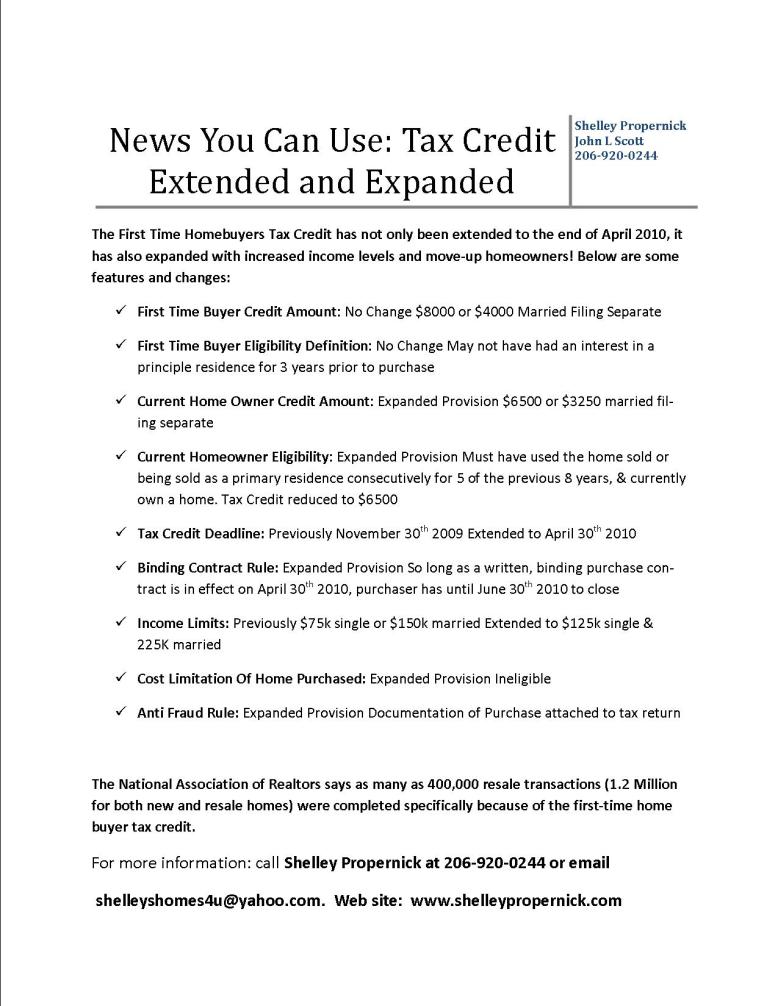If a lender tells you that you can be pre-approved in just a few minutes, you might want to stop and run in the other direction — fast. A real pre-approval involves much more than just a loan application and credit report.
Here’s what a normal pre pproval includes:
■ You’ve submitted an application with a lender.
■ You’ve authorized the lender to pull your credit.
■ You’ve provided all requested supporting documentation.
■ Lender has specifically reviewed all supporting documentation, including your tax returns and every piece of financial documentation.
■ Lender has determined you meet all credit guidelines based on the financial strength of your credit, debt, income and assets.
■ Lender has communicated to you what monies you need for closing and total mortgage payment, as well as all suitable programs for which you qualify.
■ Lender has run automated underwriting on your scenario.
Nearly all the residential loans being originated to Fannie Mae’s or Freddie Mac’s standards must pass automated underwriting through Desktop Underwriter (DU for short or Loan Prospector, LP). Each loan is carefully run through an automated underwriting system whether you’re looking for a conventional mortgage, FHA mortgage or even a jumbo mortgage. If your loan does not pass automated underwriting, it’s more than likely your loan won’t move forward.
It’s absolutely critical in the information-gathering stage — after the lender determines how much you can afford (this calculator can help) – they run an automated underwriting approval to make sure your loan gets the green light. Most loans do “pass” in each system, provided the lender has done the proper loan analysis and have utilized the numbers from the supporting documentation you provided.
Are you pre-qualified or pre-approved?
If there is any step in the bulletpoints above that is not completed, then you are not pre-approved. A good lender who knows what they’re doing will typically ask you a series of questions pre-application to determine whether or not you meet the credit score requirements, down payment requirements, and the debt and asset requirements. In other words, you can’t get preapproved without getting pre-qualified first.
Oftentimes, real estate agents want you to be pre-approved before even showing you a home. A pre-qualification, on the other hand, is simply a verbal conversation with your loan professional about your financials, that’s it. It holds no water in a real estate purchase contract offer situation. However, a pre-approval letter conveys to the home seller you’ve diligently done your legwork, and more importantly you have the ability to perform as a home buyer.
How strong is your pre-approval?
Did your lender ask you a series of questions about your credit score, credit history, income assets and monthly obligations? Did it feel like your lender was grilling you with questions about your finances? This is a good sign you have a professional in your corner. A good lender will question everything to better understand you, your finances and determine if you can qualify. Most real loan officers need at least a few hours after having the complete application, credit report and documentation to review your figures, especially if there is any of the following:
■ A foreclosure, short sale or bankruptcy in the last seven years
■ A previous loan modification of any kind in the last seven years
■ High consumer debt payments — like income-based student loans, car loans, credit cards, tax, child, tax or alimony payments
■ Gyrating income
■ 2106 un-reimbursed expenses on your tax returns
■ Any and all self-employed income
■ Investment property scenarios
■ Or anything the lender deems to be complex
Any lender or mortgage broker that offers a pre-approval letter and a quick cursory review of your financials is gambling with your money, which could end up costing you your earnest money down the road, especially if the underwriter later determines something in your financials does not jibe. Be smart and give the time the lender requests for doing a solid pre-approval and allow them to do their analysis.
Don’t put the house before the finances
This is undoubtedly an “aha” moment, as the allure of real estate is far more fun and exciting than the idea of getting a mortgage. Let’s be honest — putting together tax returns, debts, pay stubs and financial documentation for most consumers is understandably not the most pleasant thing in the world to do. However, picture this: For whatever reason you’ve not gotten pre-approved yet — work, family and life got in the way. Then you find a house one Sunday afternoon that you “must have” — it’s the ideal home for your family with location, and all the other bells and whistles. Offers are due the next day Monday at noon sharp. You call a lender, or one the real estate agent recommends, and demand they pre-approve you on the spot for you to get your offer in for consideration. This is a recipe for disaster. Not only is it reckless to ask the lender to do a cursory review your financial documentation, but it also sets you up for more questions and more conditions in the underwriting process later on because the lender did not have the time to properly devote to examine your financial profile earlier on.
This is why it’s better to get your finances lined up before you even start looking at homes. That includes checking your credit reports and credit scores ahead of time, just to see where you stand (you can get your free credit scores on Credit.com). You will be glad you did — many times over — once you do find a home that is a fit for you.
Hope this article helps you. Would you like more information?
Contact Shelley Propernick at 206.920.0244 or email shelleyshomes4u@yahoo.com
